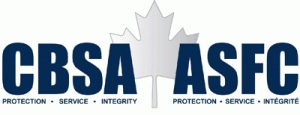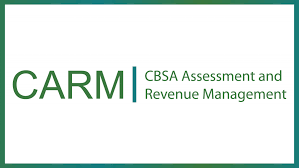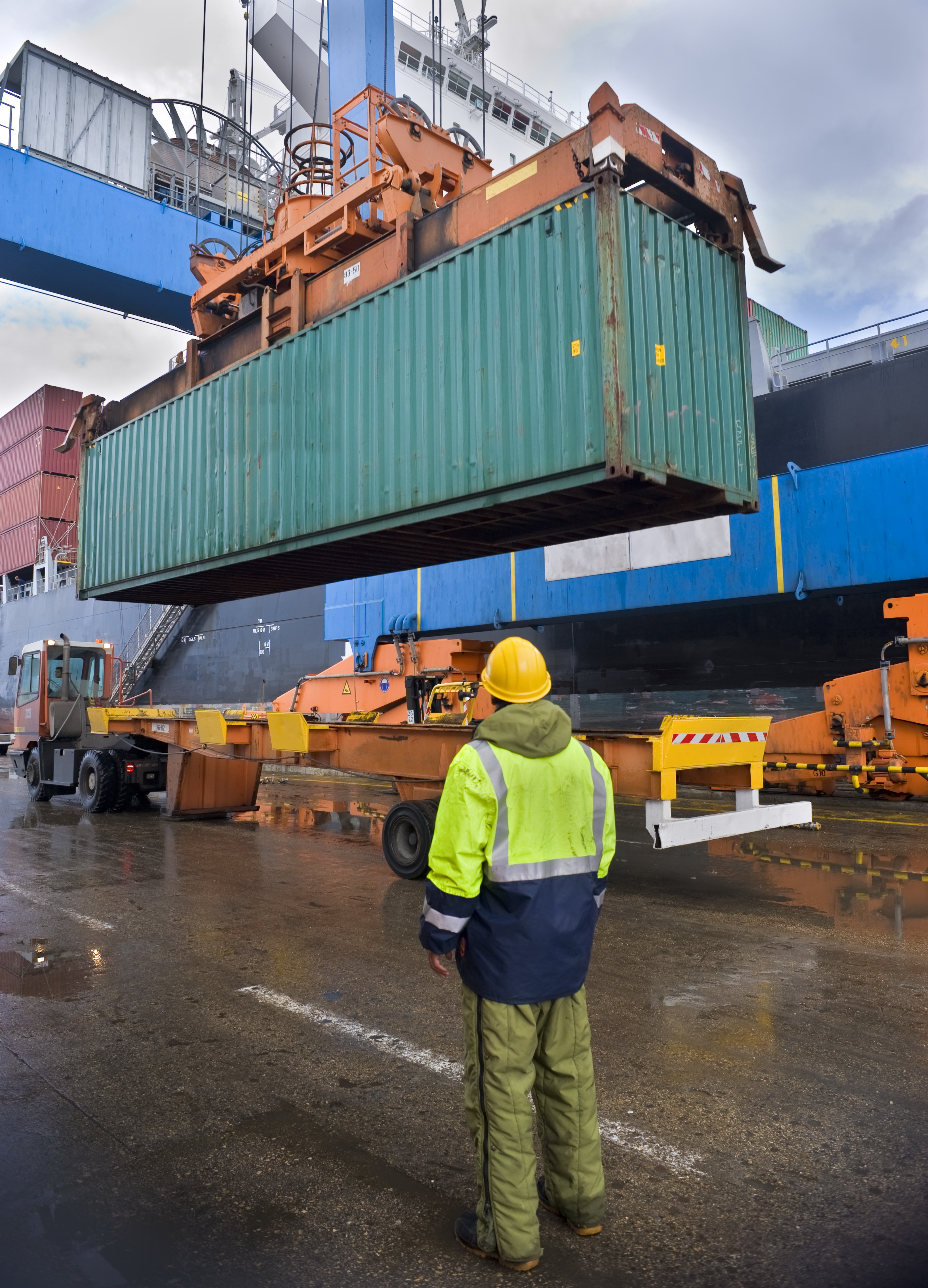Follow-up: CBSA Proposes “Last Sale” Rule for Customs Valuation
Further to our Email Alert! of June 19, 2023, concerning CBSA’s Proposed Regulatory Amendments to the Valuation for Duty Regulations which, based on how the proposal was written, would potentially require importers to declare the “last sale” (i.e. a domestic sale from a Canadian importer) as the calculation basis of any duty/GST payable, the CBSA have advised that this was indeed not the intention of the amendment:

“The CBSA appreciates the feedback from respondents through the formal Canada Gazette, Part I consultation process. We are currently reviewing the submissions, which are now available online.
Canadian importers and trade chain partners support the policy intentions behind the regulatory amendments, notably to ensure that, in a series of sales, the last sale to the buyer in the country of import (Canada) and not an earlier sale between two foreign entities is used as the basis for determining the value for duty.
However, substantial feedback was received concerning the proposed regulations’ intent to potentially apply to domestic sales. The policy objective is not to use a price in a sale between a Canadian resident importer and its Canadian customer as the basis for determining the value for duty.
We will continue to review all comments and take them into consideration for any further amendments to the proposal. We will communicate directly with respondents, if required, and produce a summary that we will publish in the coming months.”
We will continue to keep our clients apprised of key developments in this consultation process.
For more information, contact Brian Rowe, Director – Customs Compliance & Regulatory Affairs.
FREE Webinars – CARM Client Portal Onboarding

Here’s what you need to know to get ready…
- Identify your company’s Business Account Manager(s) – BAM
- Register your business in the CARM Client Portal
- Delegate authority to your customs broker
- Secure a Release of Goods Bond – Release 2 (scheduled for October 2023)
The CBSA’s Assessment and Revenue Management (CARM) team is hosting free CARM webinars – tailored specifically for Importers – and focusing on 2 topics, CARM Client Portal Onboarding and What You Need to Know with CARM Release 2.
Registration is required for these webinars. Please register using the links below:
| Webinar Registration – What You Need to Know with CARM Release 2 Webinar | |||
| English | Tuesday, November 14th, 2023 | 1:00pm – 2:30pm EST | Register |
| French | Tuesday, November 14th, 2023 | 3:00pm – 4:30pm EST | Register |
IMPORTANT: ![]() All importers to Canada (whether resident or non-resident) must take certain steps – if not, they simply won’t be able to import into Canada once CARM Release 2 comes into effect (scheduled for May 2024).
All importers to Canada (whether resident or non-resident) must take certain steps – if not, they simply won’t be able to import into Canada once CARM Release 2 comes into effect (scheduled for May 2024).
For more details on CARM and for tips on how to get ready – visit our website – or speak with your Universal Logistics Client Care representative.
For more information, contact Brian Rowe, Director – Customs Compliance & Regulatory Affairs.
Update on North American supply chains
The overall situation related to North American ports, rail lines and truck carriers has undergone a complete turnaround in comparison to 2022. As we painfully recall, 2022 was a year in which port congestion, rail terminal backlogs and a shortage of truck carrier availability was the norm. This was especially pronounced from mid to late 2022, in which high import volumes completely overwhelmed the supply chains in North America, resulting in cargo delays and, even worse, substantial extra fees borne by shippers, as the fluid movement of freight was considerably compromised.
A year later, the picture is much different, mainly due to reduced ocean import volume, most noticeably from Asia, resulting in a supply chain in which delays, port/rail congestion and lack of truck carrier availability are things of the past.
Canada’s largest port, the Port of Vancouver, like many major container ports in North America, experienced a 14% drop in containerized imports throughout the first six months of 2023, due to a cooling economy and well-stocked retailer inventories.
As for the U.S., on the year, up to September 2023, Los Angeles, the largest container port in the country, has moved around 5.65 million TEUs and Long Beach, the second largest U.S. intermodal port, has moved around 4.99 million TEUs – down 21% and 24.4%, respectively from the same period last year. Coupled with this, North American container ports experienced a 67.2 percent reduction in vessel waiting times during the second quarter and stable import container dwell times of around three days, further indicating improved efficiency.

In terms of North American intermodal rail volume, it is down 6% through the first eight months of 2023. As such, congestion at rail terminals, which can greatly affect the flow of cargo, is minimal and no longer posing any significant issues. In terms of intermodal truck carriers, who were severely compromised in 2022 due to excessive volumes, they are now functioning normally with adequate equipment availability and proper delivery timeframes being adhered to.
While all of the above is welcome news and, with ocean carrier rate levels remaining stable, this should stimulate renewed demand and increase in shipping volumes. However, predicting what is in store for 2024 is somewhat of a mystery. Most analysts state the biggest supply chain challenge for 2024 does not relate to product shortages, but rather dealing with excessive inventory and many experts predict inventory levels may not return to normal until well into 2024.
For more information, contact David Lychek, Director – Ocean & Air Services.
Improving cross border freight efficiency
After several years of volatility caused by the COVID-19 pandemic, extreme weather, vaccine mandates and driver protests, 2023 has brought a welcome return to calmer conditions for shippers. Though market conditions have stabilized, cross-border shipping still has enough complexity to cause issues if not fully understood. International trade is a vital part of the global supply chain, and a clear understanding of common mistakes and best practices is critical to ensure a seamless and efficient border crossing experience.
Common Cross-Border Mistakes
Following are some of the most frequently made mistakes in executing a cross-border shipment. The good news is that each can be avoided with attention to detail and careful preparation.
1) Discrepancies between Bill of Lading and Commercial Invoice
The Bill of Lading (BOL) is the standard document for cataloguing the details of freight for any shipment, while a Commercial Invoice (or pro-forma invoice) is used for importation control, valuation and duty determination. The information on these two documents must match, or the shipment will be flagged by Customs when it reaches the border.
2) Waiting too long to establish a customs broker
Customs brokers are the key point of contact for classifying freight, coordinating tariffs and duties, and filing paperwork with Customs to ensure that freight makes it across the border. The Customs paperwork is the responsibility of the Importer of Record (IOR). Shipping before a customs broker is established puts the client at risk for delays and added costs if the shipment is held up at Customs.

3) Shipping before securing alignment with the customs broker
Once a trustworthy customs broker is secured, don’t rush the process of moving a shipment across the border. It is important to confirm that the broker has all the necessary documents and payments prior to initiating each shipment. For a first time shipment, we recommend initiating a call with the customs broker, the transportation provider and the shipper to ensure everything is properly set up.
4) Not confirming after-hours information
No matter how much one prepares for a cross-border shipment, sometimes the unexpected happens. When errors do occur, quick access to people who can fix the errors is important – including nights and weekends. As a cross-border best practice, be sure to exchange non-standard business hours contact information with the transportation provider, Importer of Record and customs broker.
5) Underestimating transit time
We generally recommend adding an additional 2-3 hours to transit times to accommodate border clearance and paperwork filing. From about November-April, Canadian shipments are at higher risk of experiencing hazardous winter driving conditions, which can further extend transit times.
3 Tips for Crossing the Border Without Delay
For the best chance at an issue-free cross-border shipment and on-time delivery, we recommend the following:
- Break up the shipment into manageable phases
Due to the complexity of cross-border shipping, we find it helpful to break the process into distinct phases that are managed sequentially, rather than try to handle all the details at once.
- Phase 1: Lay the foundation. Establish the Importer of Record for the shipment and work with the customs broker to finalize all the details for the shipment.
- Phase 2: Prepare to ship.Complete the initial paperwork. Select the provider (freight forwarder, 3PL, carrier, etc.) and connect them with the designated customs broker to coordinate the timing of the shipment.
- Phase 3: Move the freight.Finalize the paperwork with exact shipment details (paying specific attention to aligning the BOL and Commercial Invoice) and file the completed documents with the customs broker. PARS (for U.S.-Canada freight) or PAPS (for Canada-U.S. freight) can be used to pre-clear shipments moving into or out of Canada.
- Work with an experienced provider
The right 3PL can make all the difference in securing efficient transportation for cross-border freight. Providers who have been planning and executing these moves for years, have connections with trustworthy carriers. Working with a single point of contact ensures the freight winds up in the right hands throughout the length of the shipment. Additionally, savvy 3PLs can often help save on your transportation costs by tapping into strong carrier networks for more competitive rates. Experienced service providers have seen the mistakes outlined above and can help mitigate potential risk. They know how to recognize the warning signs that a shipment might be in jeopardy and can help you work to complete the steps of the shipment promptly and accurately.
- Never stop communicating
The importance of communication cannot be understated for a successful cross-border move. The shipment and its associated documents will flow through multiple parties including the operations team, 3PL provider, the customs broker, Customs agents at the border and multiple drivers. With so many parties participating in a shipment, it’s important that nothing gets lost in translation. If any issues or delays do occur in crossing the border, coordinate proactively with carriers and operations staff to update shipment plans and ensure a smooth final delivery.
At the onset, cross-border shipping can feel like a major undertaking, but with careful planning, transparent communication, and the support of a trusted 3PL, it can be a great way to grow one’s business.
For more information, contact William Sanchez, Manager – Truck Services.
Global Spotlight Quiz

Name the Canadian resort town located within a National Park
- The town was first settled in the 1880s.
- The National Park was declared a UNESCO World Heritage Site in 1985.
- Lake Minnewanka, located close to the town, is a popular destination for mountain biking, hiking and fishing.
- Tunnel Mountain is popular for quick hikes – one can reach the summit in less than half an hour.
- Sulphur Mountain, overlooking the town, was named for the hot springs on its lower slopes.
- In the winter months you can catch a glimpse of the Northern Lights.
For more information about shipping freight to or from this city, contact Debbie McGuire, Director – Freight Solutions.

Quick Tip
The link between insurance premiums and risk
There are many factors which affect the pricing of your insurance premium, but all revolve around the risk involved.

For example, the longer the transit time, the more time available for something negative to happen. Shipping to certain countries or areas of the world involves greater risk. Lesser developed countries might have political unrest or port loading/unloading facilities not up to standard. Perishable or certain products prone to theft both involve higher risk. The higher the risk, the higher the cost of your insurance premium.
When requesting a cargo insurance rate for your product, provide as much information as possible with the key points being:
- Cargo type (full product description of the goods, value, perishable, etc.)
- Packaging detail (loose cartons, pallets, bulk, reefer, full container load or truck load or less than container or truck load, etc.)
- Method of transport & transit time (air, ocean or truck)
- Routing information (origin, destination, port facilities, etc.)
- Security detail (package markings, warehouse security measures, etc.)
- Past experience of both the shipper and consignee (cargo claims history, past record of damages or theft, etc.)
With this information, the insurer will be able to properly assess the level of risk (susceptibility to damage, loss and theft) associated with your product and offer the best possible cargo insurance premium rate.
At Your Service:
Amy Park
Customs Consulting Services
Amy Park joined our Customs Consulting Services Team at Head Office in January 2022, where she was an Intern responsible for processing CUSMA certificates. After graduating from the International Transportation and Customs program at Seneca College, Amy joined Universal Logistics full time and is currently handling certification of new products and CUSMAs.
In 2023, Amy successfully completed the CIFFA Certificate in International Freight Forwarding program and earned her Certified Customs Specialist (CCS) designation.
Amy can be reached by phone (905) 882-4880, ext. 1246 or by email.

Amy Park
Customs Consulting Services
SMART Logistics
Controlling how freight moves through your supply chain could save you thousands – or more.
Working with us means someone always asks: how can we make this shipment better?
Single-sourced trucking, customs clearance and distribution to expedite your freight shipments between the U.S. and Canada.
Route is produced monthly for the clients of Universal Logistics. Reader comment and story ideas are welcome. Comments of general interest to all Route readers will, with the permission of the writer, be published. Copyright © 2023 Universal Logistics Inc. All rights reserved. Reproduction for any commercial use is strictly prohibited.
Route is produced by Universal Logistics. Editor: Bettina Scharnberg. Email: bscharnberg@universallogistics.ca While every effort has been made to ensure the accuracy of information contained herein, Universal Logistics accepts no responsibility or liability for errors or omissions. Written correspondence should be forwarded to:


